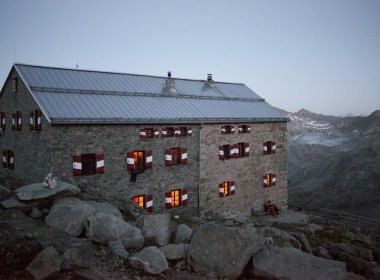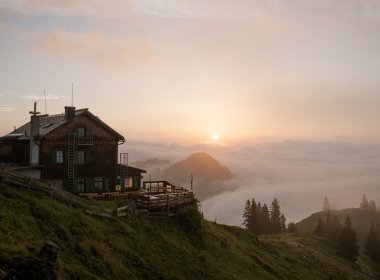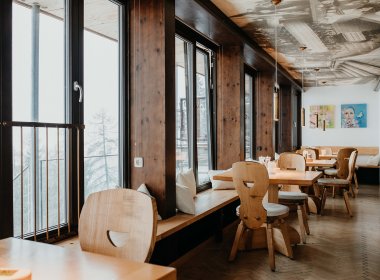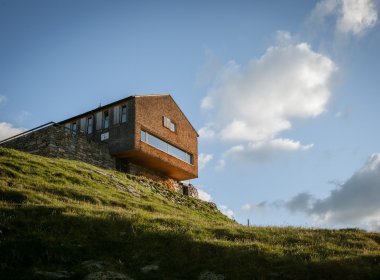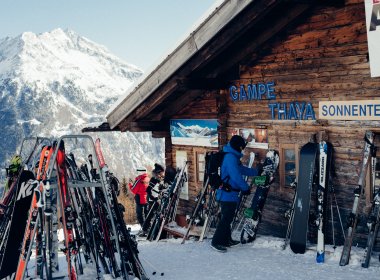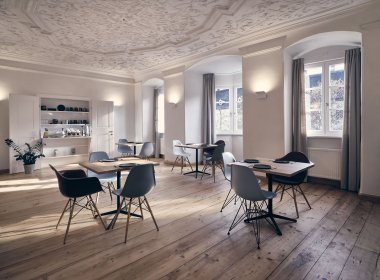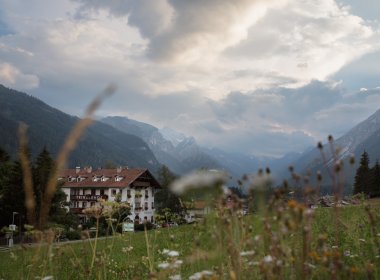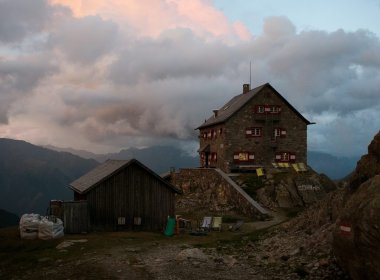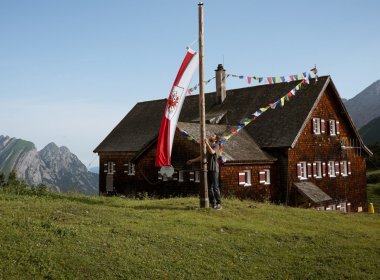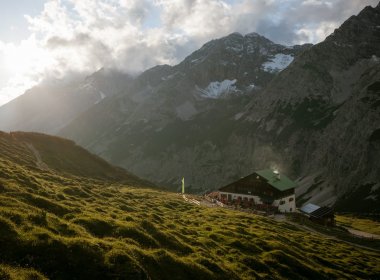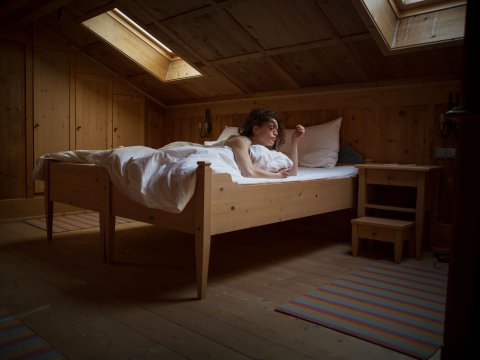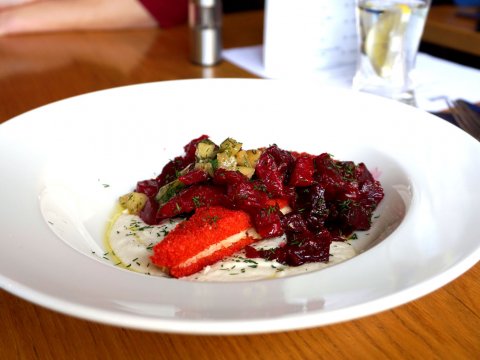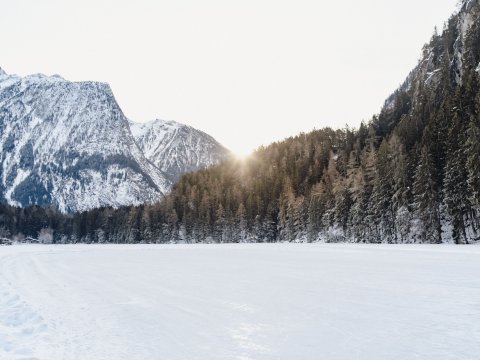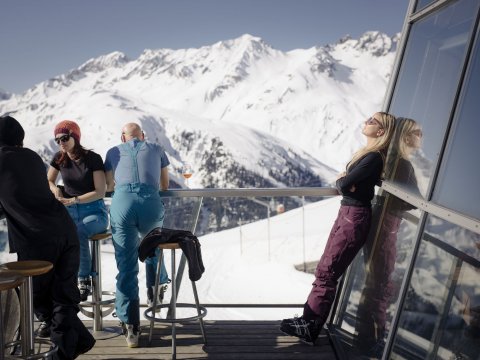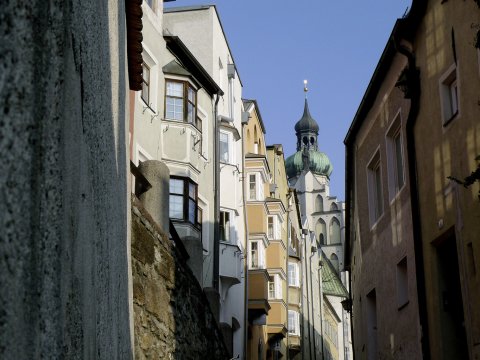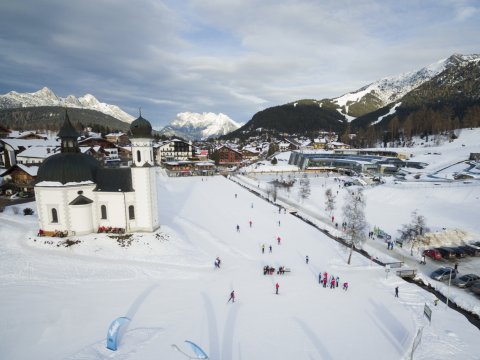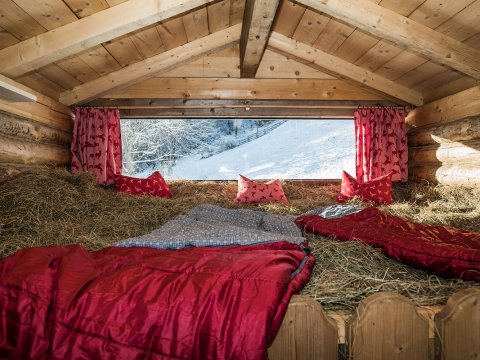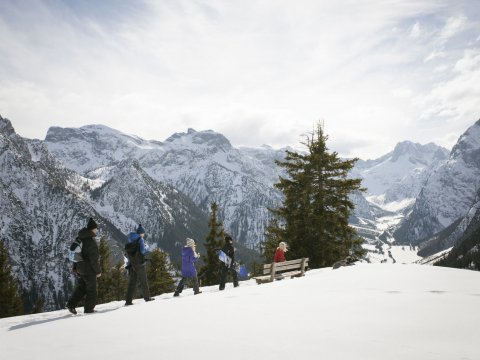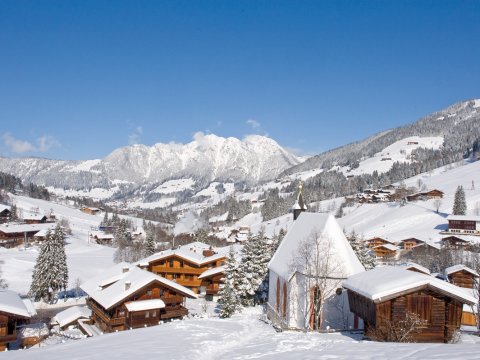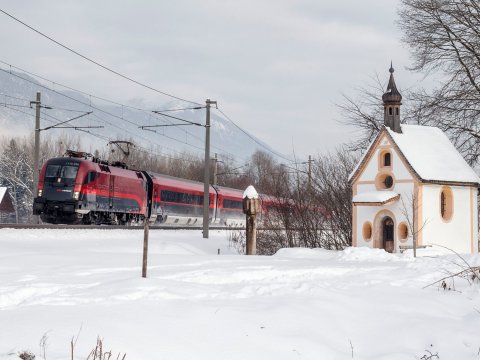Mountain Huts Close Up: Berliner Hut in Zillertal Valley
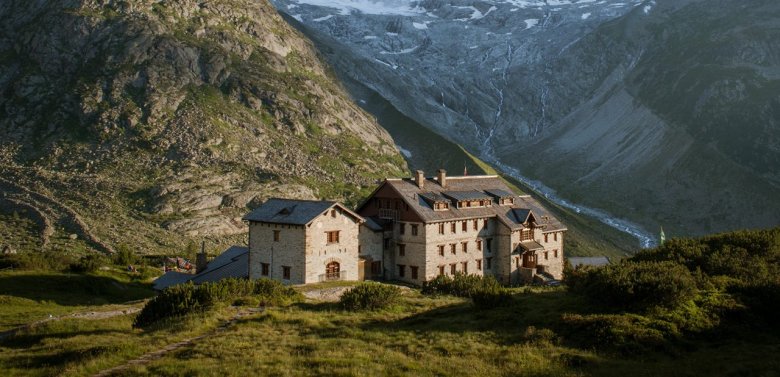
When asked where her love for the mountains comes from, Kerstin Schöneborn says happily, “You wake up in the morning and the first thing you see is the mountains.” As if this was explanation enough. Rupert ‘Rupp’ Bürgler, her partner in life, smiles knowingly. “These are real mountains after all,” adds Kerstin. “There are only hills in Sauerland, where I come from.” She grew up in a small town in Germany’s North Rhine-Westphalia and worked in her parents’ electrical shop before she decided to spend her life with Rupp in the early 2000s.
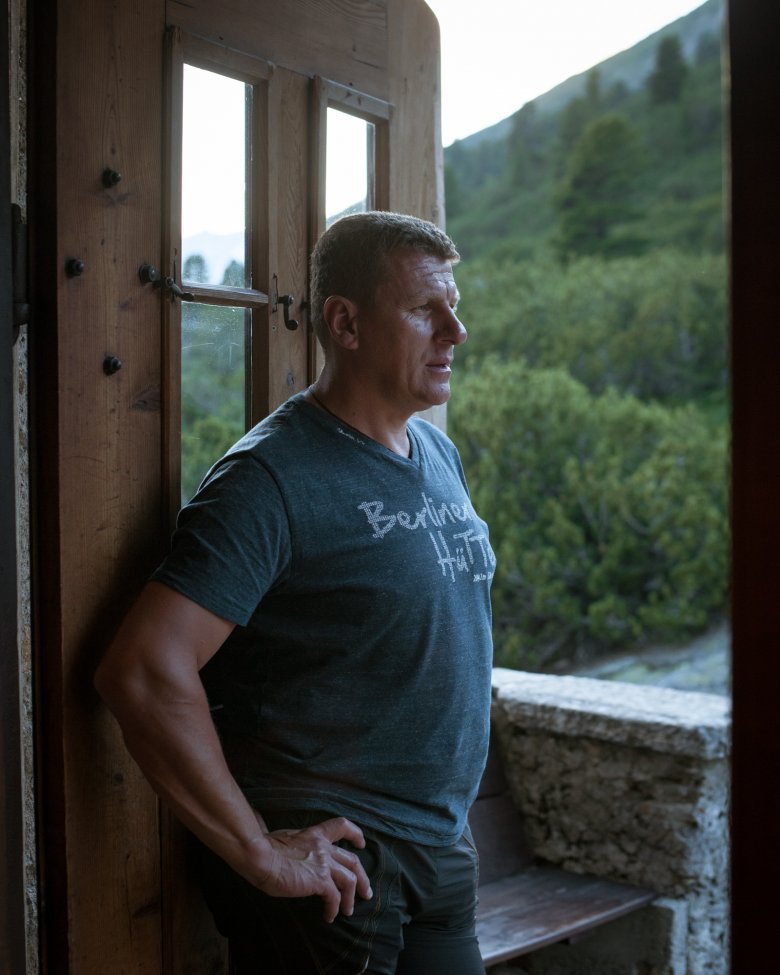
It’s quite remarkable that they are still together after all this time. Not for statistical reasons, but rather for the special circumstances: Kerstin (50) and Rupp (47) spend four months of the year living and working at Berliner Hut, together with Rupert’s grown up son Michael and up to 15 employees. A petite blonde, Kerstin is in a cheerful mood most of the time. What she doesn’t like is being photographed. “A picture of me? There’s no need for that!” she says, avoiding cameras the best she can.
A love it or hate it kind of life.
Accommodating up to 180 guests in rooms and dormitory places, Berliner Hut is the largest of its kind in Tirol. However, when you’re in an annoyed state of mind you can’t easily get away from each other. You can’t really go in another room and count to 10 to cool down, as there are always people around. “This is as well sometimes hard for our staff,” continues Kerstin. “You can’t just walk away from it all on your day off.” And she adds: “I don’t need to go down to the valley anyway. If everything is fine and I am healthy, I usually get up to the hut in spring and return to the valley in fall. But this kind of life is not for everyone. You have to like it.”
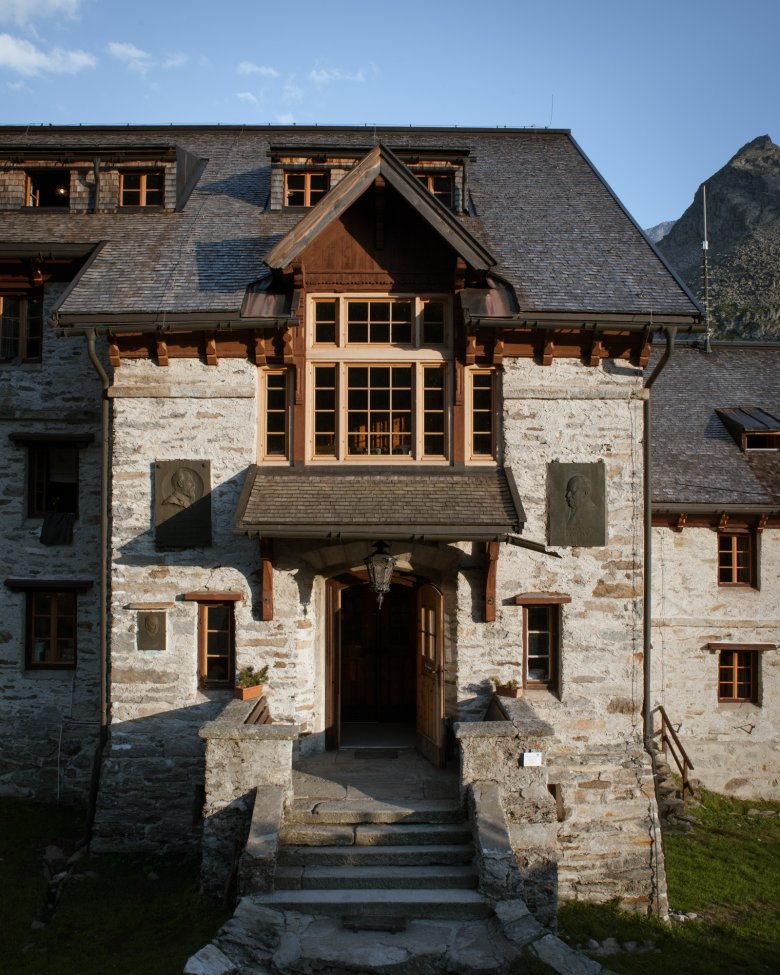
This kind of life is definitely a love it or hate it kind of life. Taking place in an ensemble of buildings built of stone, which reeks of history and is in a superb location at an elevation of over 2,000 meters above sea level. Below mighty Three-Thousanders and glacier-draped cirques nestles the Berliner Hut, a magnificent five-storey building more akin to a mountain lodge fit for royalty than a mere hut to spend the night. With its timber paneled dining room hung with chandeliers and exquisite hallway and staircase, this place is far removed from an ordinary ‘mountain cabin’.
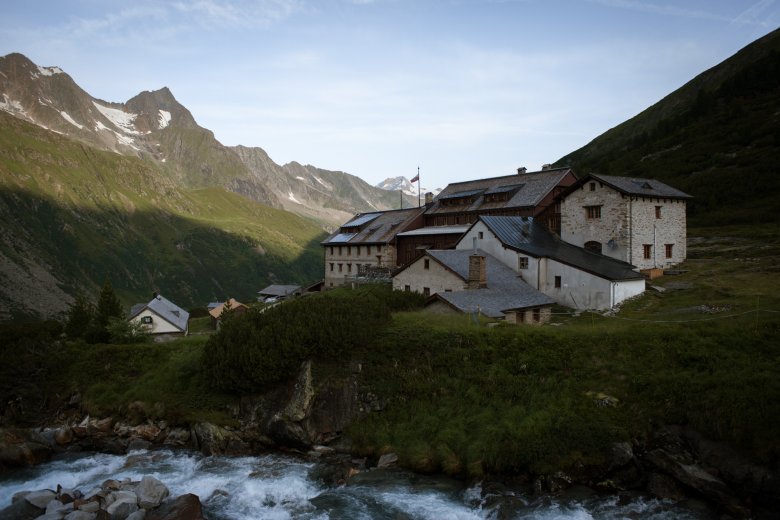

Standing at the head of Upper Zemmgrund on Schwarzensteinalm Alpine Pasture, the Berliner Hut is the oldest of Zillertal Valley. It reflects the great wealth and pride of the German Alpine Association more than 140 years ago. Despite its long history, the hut has remained virtually unchanged except for the addition of modern plumbing and electricity. Indeed such is the hut’s importance that it was the first Austrian mountain refuge to be protected as a building of historical significance in the late 1990s. Which doesn’t make it easier to operate, says Rupp Bürgler.
Opposing Trends: Luxury and Simplicity
Moreover, the couple has witnessed two opposing trends over the past 15 years. On the one hand, there are more and more backpackers who ask for a room with ensuite bathroom. “There is a growing demand for luxury, however, we are not able to deliver,” says Rupert. On the other hand, a growing number of guests would prefer their mountain accommodation to be simpler, closer to nature and less developed. Rupp approaches the controversial matter in his down-to-earth manner: “We do our best to make all guests happy, but sometimes this is not enough. We like all people who are friendly—and fortunately, most are.”


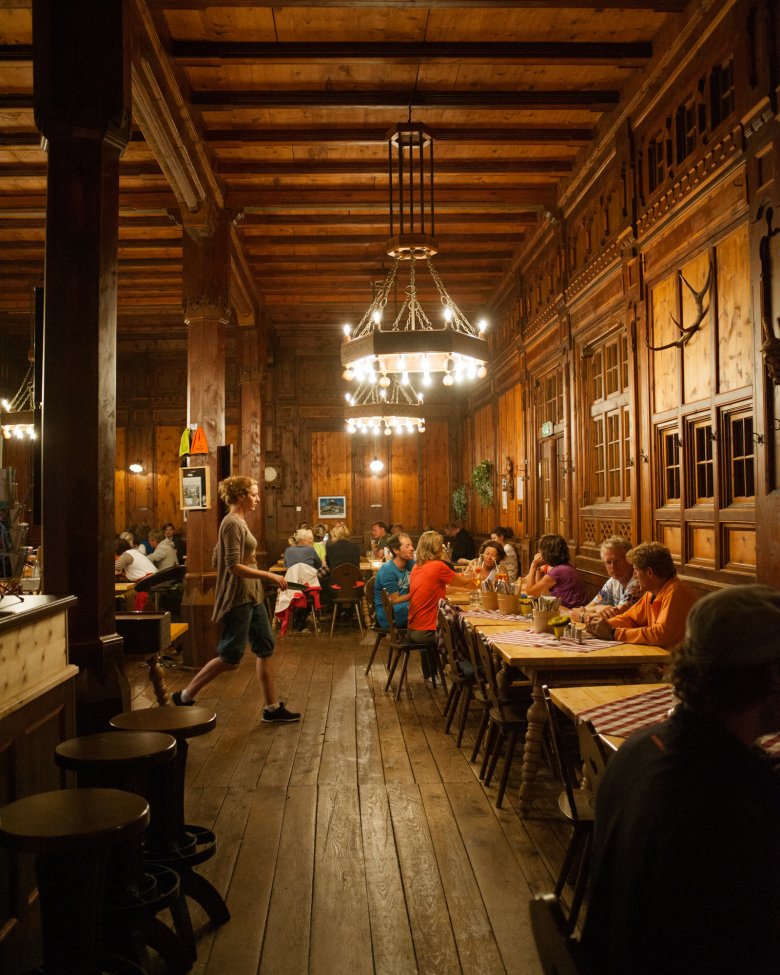
Erected by Berlin Section members of the German and Austrian Alpine Association in 1873, the Berliner Hut has the distinction of being the first to be opened in the Zillertal. These days long past, the hut was located on the confluence of two mighty glaciers, Hornkees and Waxeggkees. 150 years later, the area has witnessed that the glaciers are getting smaller by the day. As well in the second half of the 19th century, a network of hiking paths was established and more shelters and refuges were built. The Alpine Pasture Hut close to Berliner Hut, where cows, pigs and horses spend their summers grazing on the Alpine pastures, is not run by the hut operators anymore; this is just too much work to get done, even for the busiest of people.
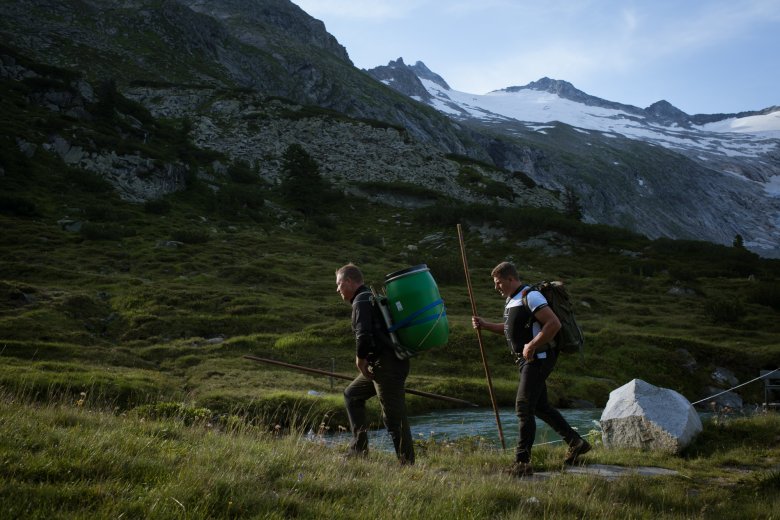
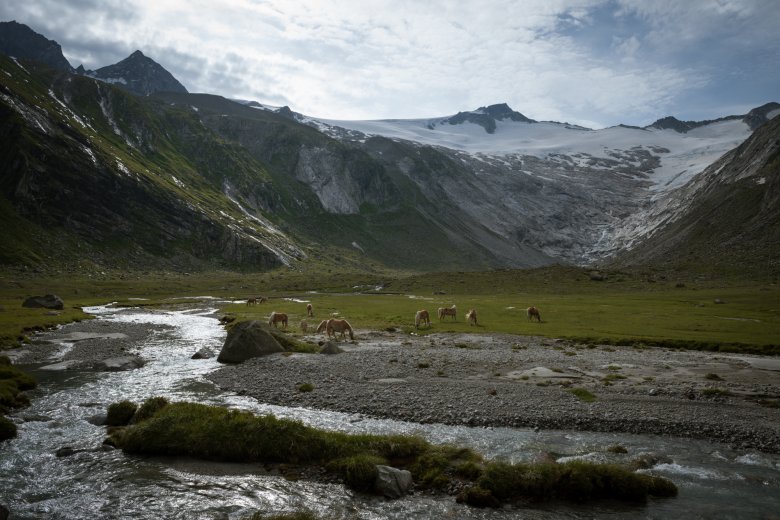
After-Work Ritual Under Starry Skies
Running a refuge like Berliner Hut is a lot of work and requires a sophisticated system of logistics—which is quite different to the one of the early days of Alpine tourism. There is much work to get done every day, even in the winter when the couple lives and works in Maria Alm in Salzburg Province; Rupert as a member of the mountain rescue service team and Kerstin as waitress. In early June, weeks after the couple has started preparations for the new season onsite, 16 tons of food supplies are taken up to the cabin by helicopter; smaller supplies during the season are transported by ropeway, quad or on foot.
The hut is used by climbers, walkers and hut-to-hut trekkers from mid-June to the end of September and there is not much time off for the couple during the summer. “This is more than a job, more than a workplace, more than just another day at work,” Kerstin and Rupert agree. “Here, more is a way of life. It needs passion and dedication.” Plus, it needs their daily after-work ritual after a long and busy day: “When doors close in the evening at 10 o’clock, we head out to the terrace, sitting together and watching the starry sky. We love this moment because it’s the only time we just get to be a couple together, which is so needed!”
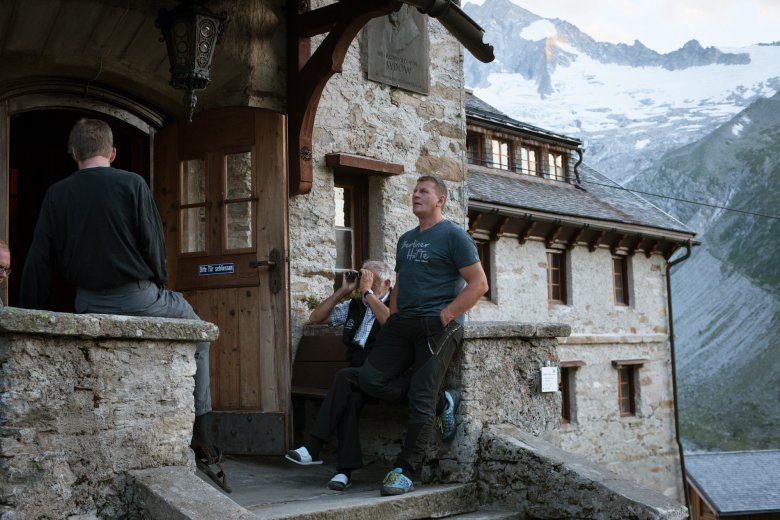
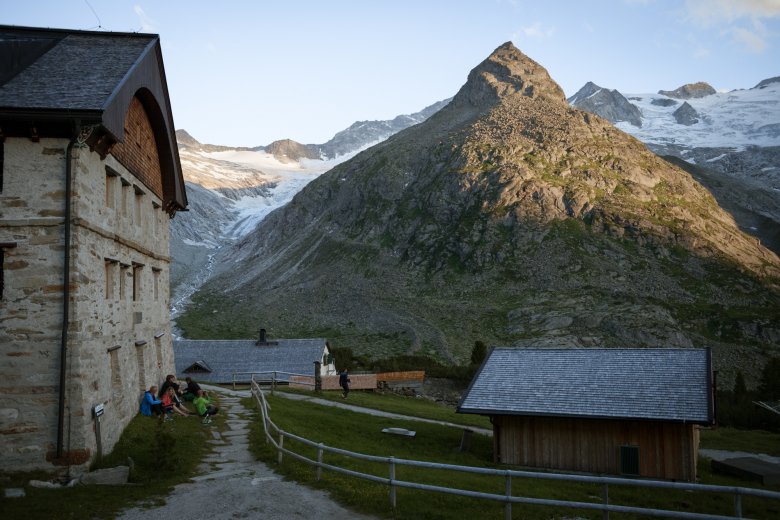

—
From Stüdl Hut on foot of Großglockner Mountain to Berliner Hut in the Zillertal Alps to Pfeis Hut in Karwendel Mountain Range: This summer, we will be telling the stories of Alpinist Association refuges and shelters in Tirol and the people who operate them. The new “Mountain Huts Close Up” series starts here on the Blog Tirol in July 2019.










